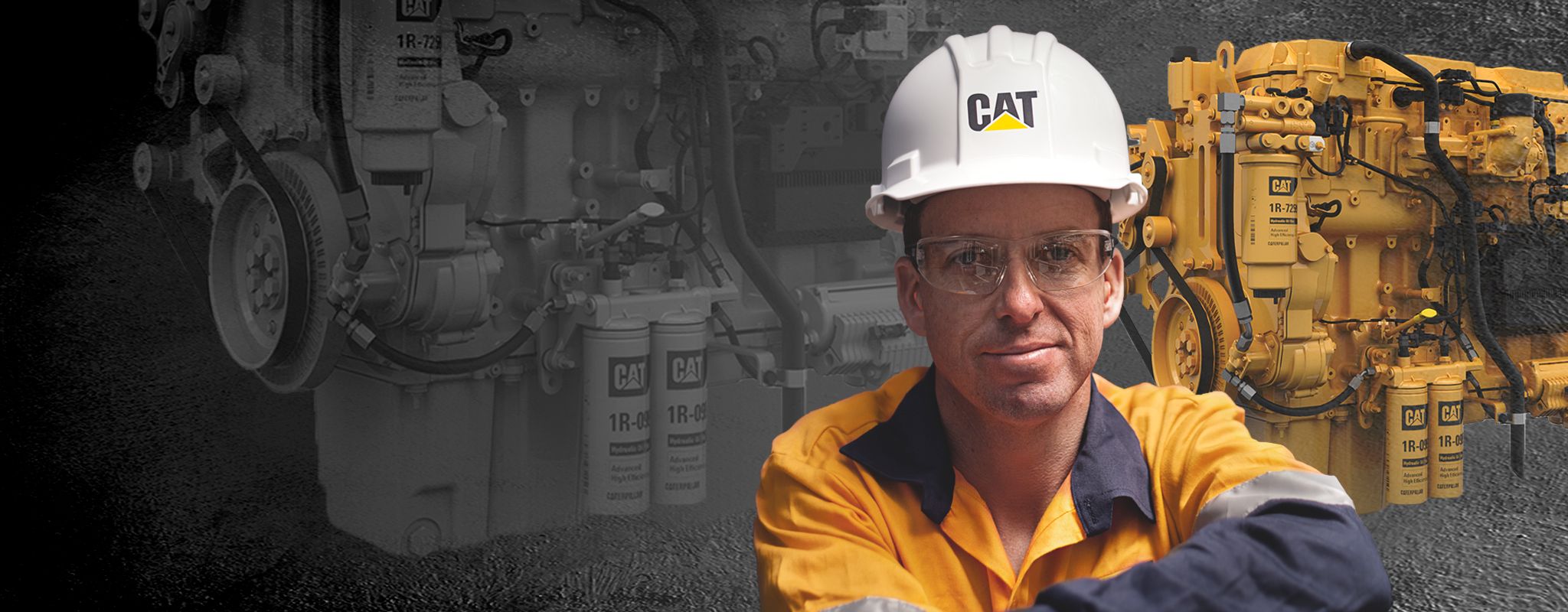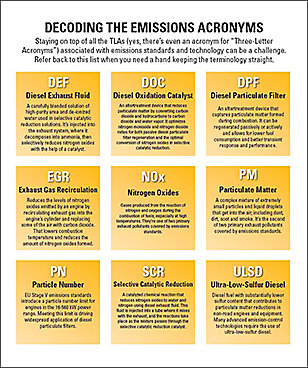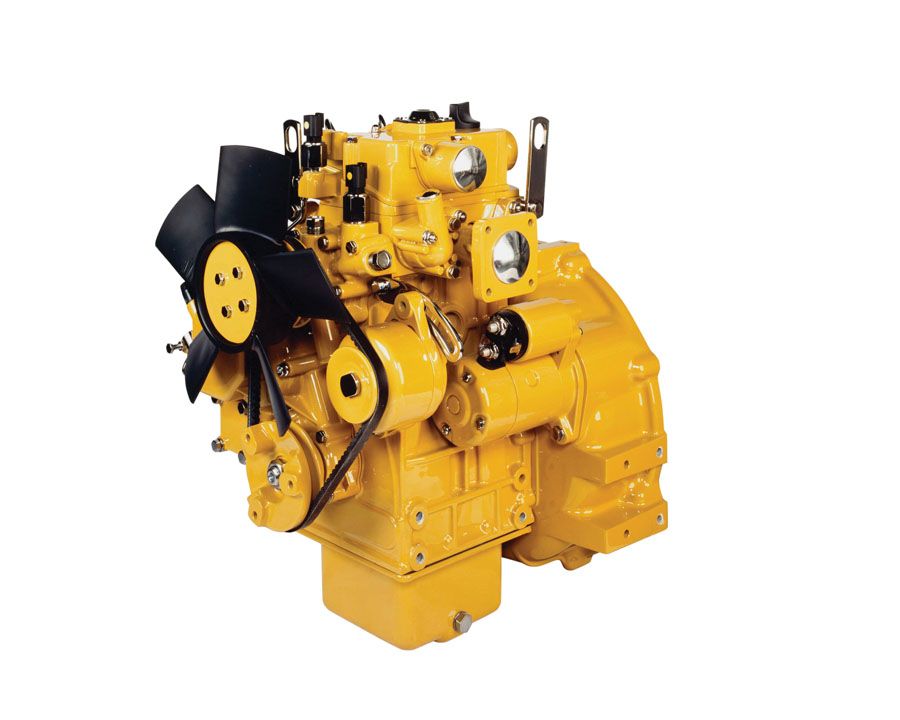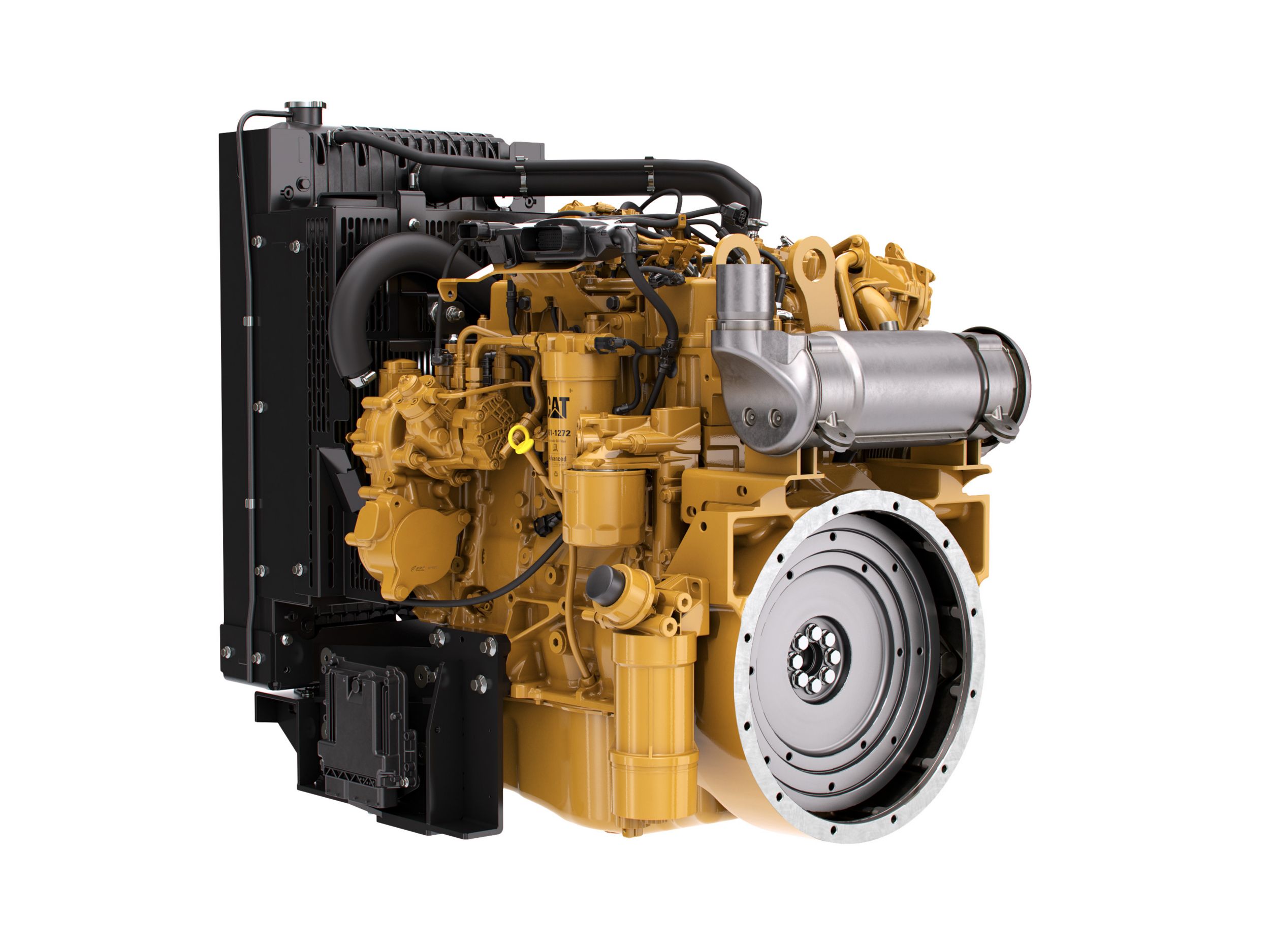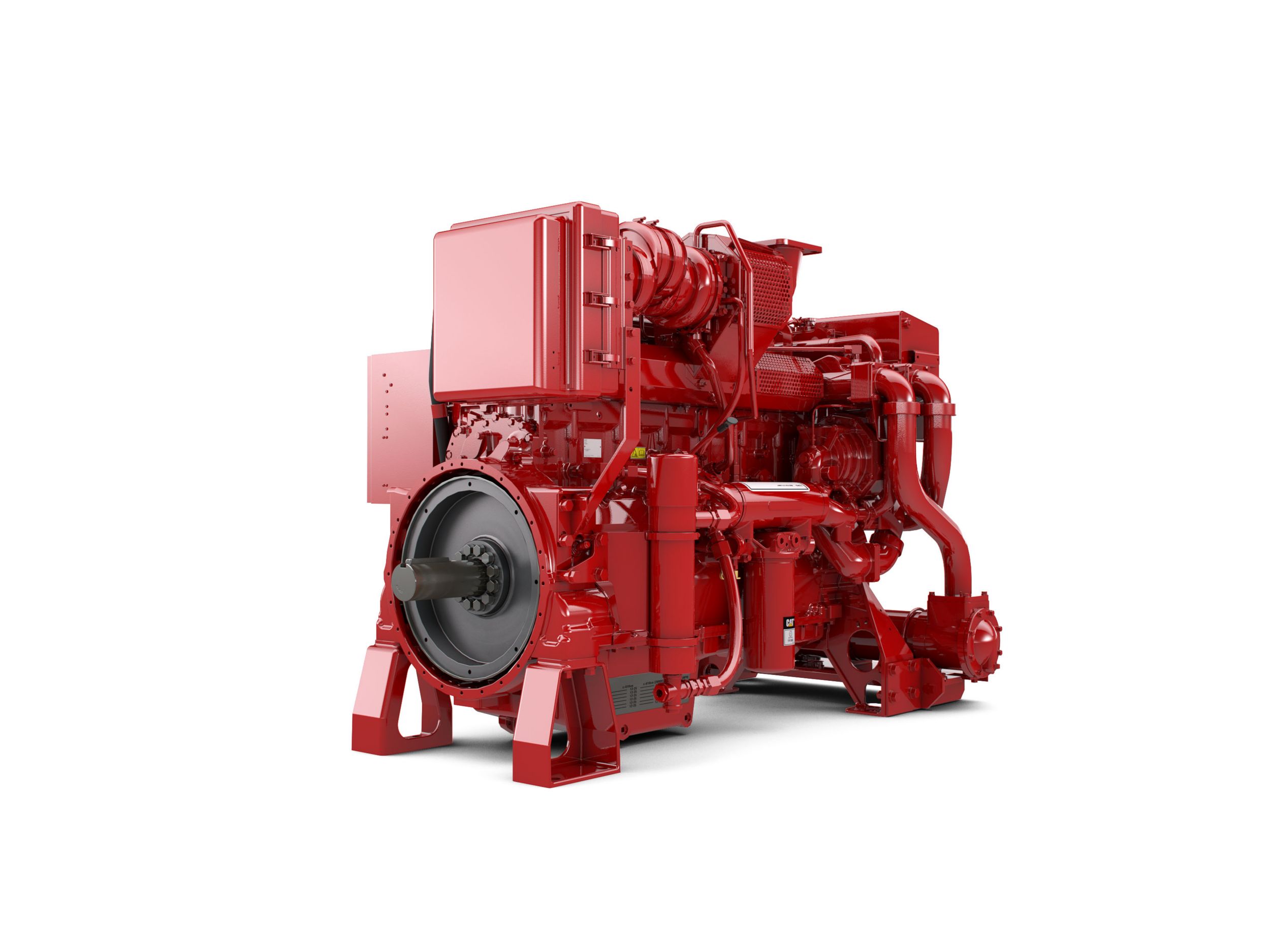Caterpillar’s team of global emissions experts has one big job: to understand what’s happening around the world (so the rest of us don’t have to). That makes them the ideal people to provide a high-level look at the emissions landscape — where things stand today, how far we’ve come and where we might be headed. We asked the team to answer some common questions about emissions standards. Read on for their insights.
When Did Standards Come In To Play?
For nonroad mobile machinery (wheeled and tracked equipment plus mobile gen sets), it was the mid-1990s. The U.S. and Europe led the way, establishing “tiers” or “stages.” Japan adopted comparable standards soon after. In the 2000s, other countries began to implement their own. Many jumped in around U.S. EPA Tier 3 levels and stayed there. Going further requires aftertreatment, which requires the use of ultra-low-sulfur diesel. Many countries don’t have that fuel available nationwide.
What Do These Standards Cover?
It differs by country, but generally speaking, nonroad emissions standards cover engines powering nonroad mobile machinery, emergency and non-emergency stationary units, rail applications and marine vessels. They aim to bring down emissions of oxides of nitrogen (NOx), hydrocarbons (HC), carbon monoxide (CO) and particulate matter (PM).
What Are The Standards Today?
EU Stage V standards went into effect in January 2019, making Europe the world leader in stringency. The U.S., Canada, Japan and South Korea are at Tier 4 Final levels. The rest of the world is a mix. Looking at larger countries, Brazil, China, India and Turkey are all at levels comparable to Tier 3. Saudi Arabia is at a Tier 1 level. The majority of other countries are unregulated. Keep in mind this is a general overview — in some cases, different standards apply across different power categories or engine families.
How Far Have Emissions Dropped Since The 1990s?
Comparing Tier 1 to Tier 4 Final, there’s been a 96% drop in both NOx and PM. The levels we’re hitting today are very, very low. It’s often said that in terms of PM, the air coming out of a Tier 4 Final engine is cleaner than the air you breathe in some larger cities. Aftertreatment has reduced HC and CO emissions to virtually nothing. Now it’s all about reducing NOx even further — and that will depend on the development of new technology.
What’s Next For Emissions?
Here’s what we estimate right now:
- U.S. has no plans beyond Tier 4 Final, but new standards are expected back on the agenda at some point.
- China implemented Nonroad Stage IV standards in 2020.
- Japan and South Korea are likely to align with Stage V in the next 2-3 years.
- Turkey has said it will move to Stage IV levels by 2021.
- India intends to align with Stage IV in 2020 and with Stage V in 2024.
- Brazil and Chile are expected to move to Tier 4 Final standards in 2023-2024.

